Lessons from a charity shop
- Written by
- Laura Croudace
- Added
- August 20, 2015
After my audition to speak at SOFII’s 2015 IWITOT, I decided to walk to my next meeting. I was on such a high and wanted to take in what London had to offer in the sunshine. As I strolled along on the 30-minute walk I stumbled across a charity store that blew me away – a FARA charity shop.
I had watched Mary Queen of Charity Shops a few years ago and found myself appreciating the effort that shop managers go to, as well as the volunteers’ dedication, and agreed with Mary that charity shops should look like normal retail stores. I was even more impressed when I saw that Mary Portas had gone on to create a charity shop ‘brand’ for Save the Children.
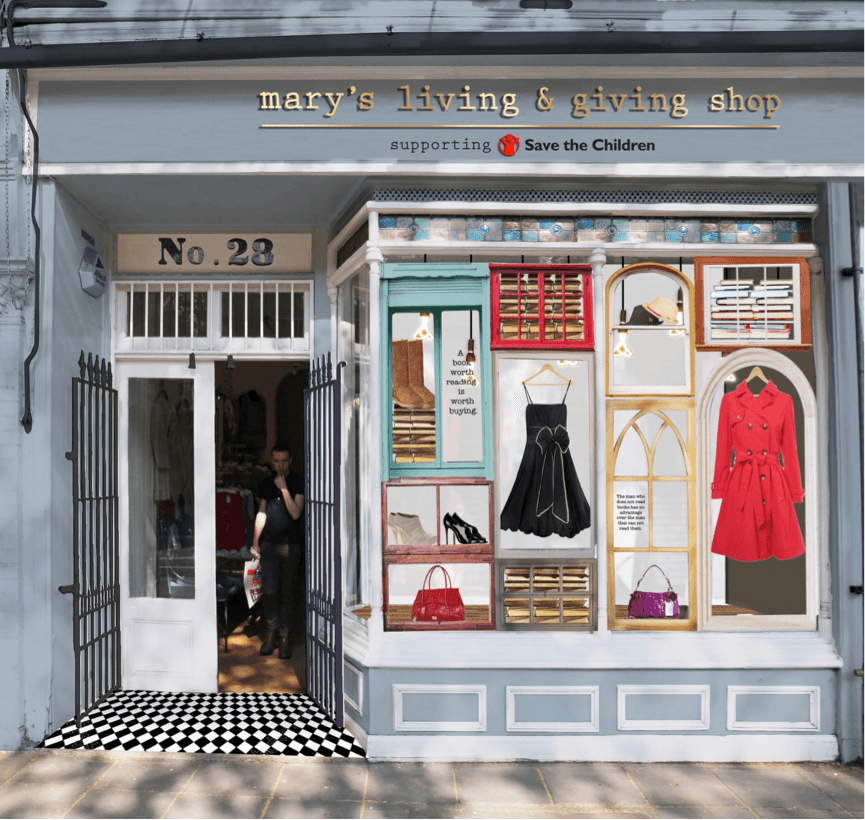
You can read more about Mary Portas and what she did for Save the Children on their website.
I understand that, technically, charity shops aren’t ‘fundraising’ and some might argue that it shouldn’t be a feature on SOFII, but I had to share this with you because what I learned in the space of 15 minutes can be applied to fundraising and various parts of our work.
So, as I as walked into the FARA charity shop something started to whirl around in my mind…
Attention to detail, mixed with current trends are the way to go with some of the challenges we face as charities. I hear from other fundraisers all the time that they want to recruit younger donors, that they want to fill their databases with people in their twenties and thirties. So, why aren’t we trying to stand out to these crowds? If we have charity shops, shouldn’t we be using them to sell our charities and brands?
FARA are doing just that – they are every bit as professional and attractive to buyers as the other retail stores they are competing with.
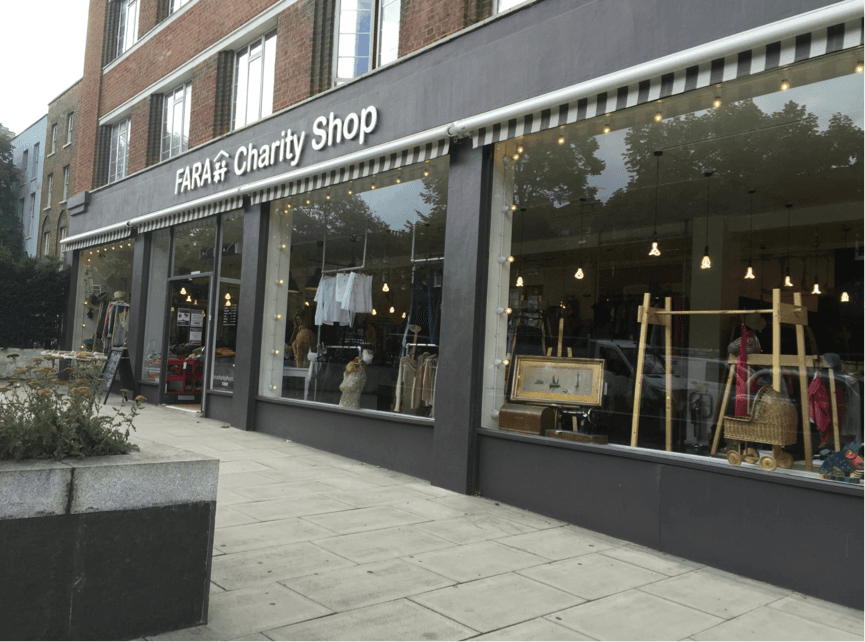
The staff clearly live the brand: they are super funky and when I asked about FARA they were able to explain quickly, with emotion and enthusiasm, about the charity’s work, over two decades, with children and young people in Romania.
The thing I love about the shop is that it is so up to the minute. Great, modern, inexpensive lighting and fantastic window displays and stock.
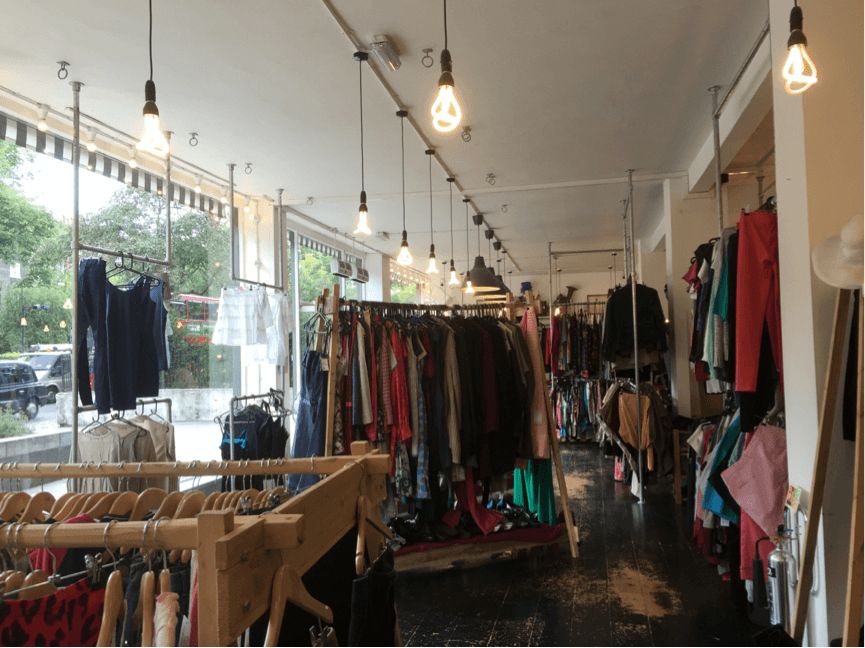
I asked why they are given so many terrific things and the man on the till explained that every customer who buys something from FARA is asked to come back and give something that can be sold in the store to help the children FARA look after.
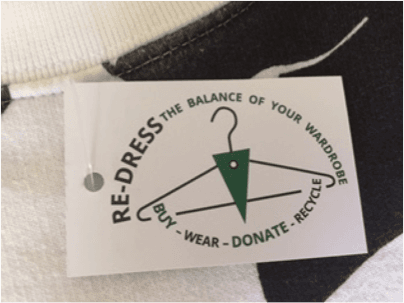
They openly ask and tell people that they want great items, but also explain that no donation will be refused. That important message is repeated on everything from the door decals to the clothing labels – it might sound insignificant but charity shops really struggle to get great stock.
Being inspired by my trip to the shop, I decided that I was going to do some research into FARA: it was Saturday night after all and I was alone – what else is a fundraiser meant to do?
When I realised that FARA are doing something that I had been shouting about for the past three years to my fundraising colleagues, I started to get more interested and have spent the last few weeks reading about FARA.
Using ready-made audiences is something that I have tried to get the organisations I’ve worked with to think about; I’m pleased to see that FARA have recruited a community of bloggers to make their brand stand out online –their bloggers create outfits that they then share on their Facebook page. This is something I have been suggesting to lots of charities and fundraisers – why, as a sector, we’ve not been recruiting bloggers for the last four to six years I will never know. I have had a lot of involvement over the years with vloggers and bloggers and they really do have a huge impact.
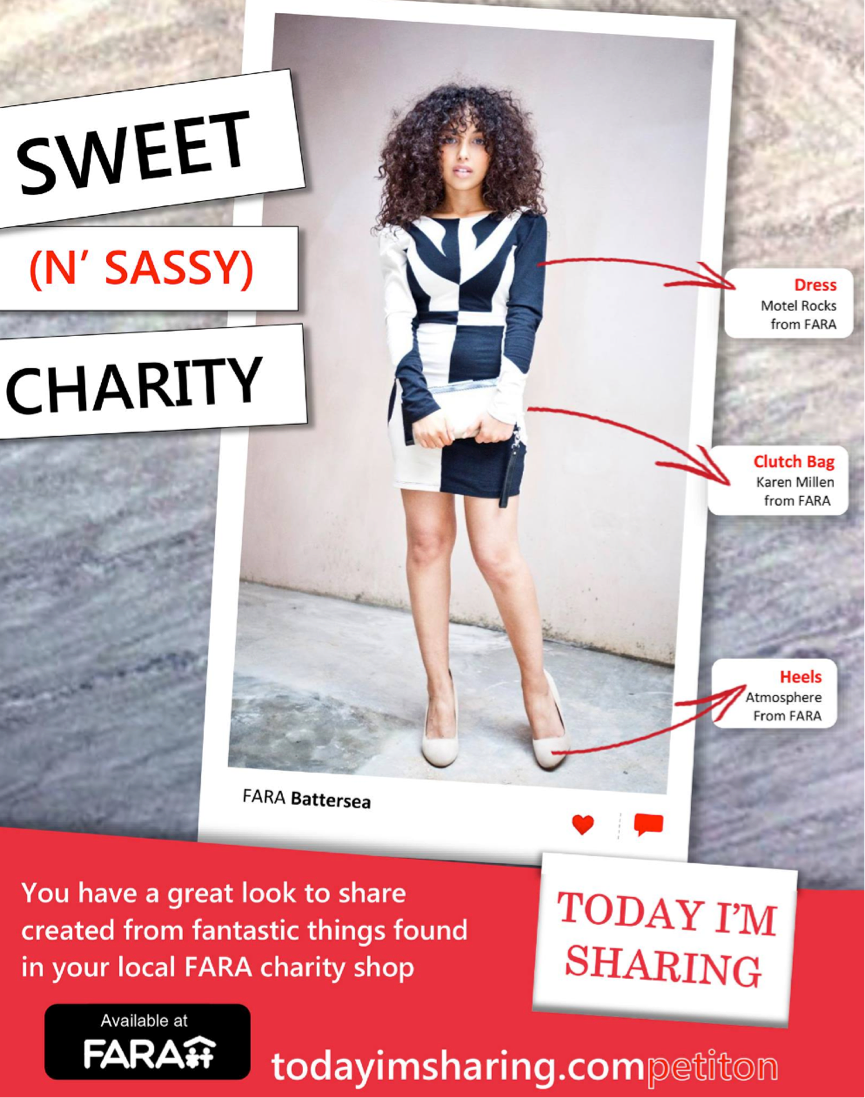
The great thing is that bloggers have ready-made audiences. I know this as my partner is a blogger and has a worldwide following, which I plan to use one day to do something great for a children’s organisation that sees the vision and understands the impact working with him could make. Bloggers have great corporate connections a lot of the time also, since so many of them work for companies – a corporate fundraisers dream, right?
So, as I started to put FARA closer under my fundraising/income magnifying glass, I realised that they were out performing the huge charity shop chains.
Compared to the top 10 UK charities trading through charity shops, FARA is really punching above its weight. I put the chart below together using information I found on Civil Society’s website and FARA’s annual reports and financial statements.
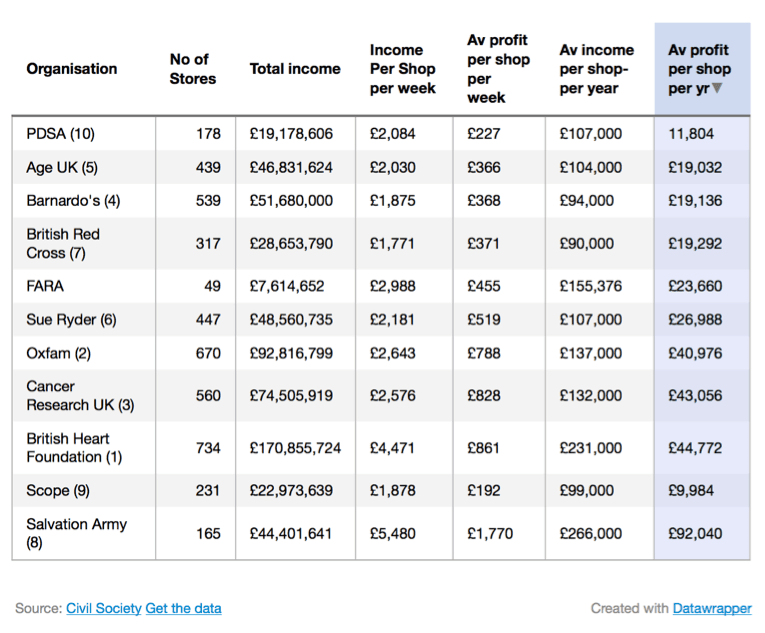
They’re achieving better results than 50 per cent of the top UK charity shop chains based on the information and research I carried out.
So what does all this have to do with fundraising? Well, my biggest annoyance is that sometimes the charity/ fundraising sector can be quite introverted, quietly beavering away carrying out our fabulous, life-changing and often ground- breaking work. FARA have proved that looking at the current consumer landscape and using the information that is all around us can make a huge impact on their work. For an organisation that uses charity shop sales to fund most of their work it’s quite impressive.
As fundraisers, what can we do that keeps up with the current trends, that uses bloggers and vloggers and attracts the audience we want? I think the key is to keep learning and keep innovating new ideas, or recycling ones that we see in the commercial sector – and more importantly be creative and bold.
















